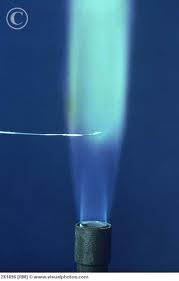How Blood Drops Elongate
The narrow end of the splatter is in the direction of the travel.
Convergence of blood splatters
This is used when the blood splatters are from different directions, from the same source. The 'lines' must be drawn from a top view, to a three-dimensional position of the source.





















